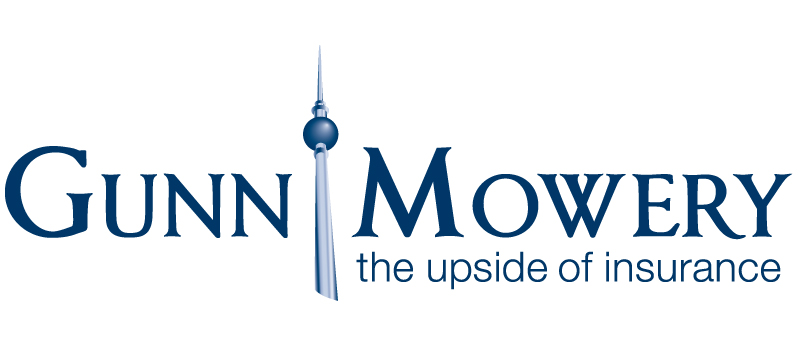Life Insurance is one of the most under-purchased products on the market. Why? Well, talking about end-of-life and the ramifications that it brings is uncomfortable for many people so they avoid the proper planning for the inevitable. However, life insurance is really not about the person purchasing it…it’s about the family, the business partner, or even the employees left behind.
The life insurance market can be a daunting task, which is why we simplified it into three simple types.
The Three Types of Life Insurance
Term Life Insurance
Term Life Insurance is a cost-effective answer to a short-term need. It is the least expensive type of life insurance at the time of issue and can be used to cover an array of situations. Term Life normally has a fixed-level premium feature. The most popular levels are 10-year, 15-year, 20-year and 30-year level premium guarantees. This means that the premium remains the same over the course of the term selected. Once the level term has expired, the premium rises annually but the death benefit can remain in-force as long as the insured continues to pay the premium. Many times, the premium becomes too high and the insured cancels the contract or applies for a new term policy. Death benefit proceeds go to the beneficiaries tax-free upon death.
Did you know? Most Term Life products have a conversion feature that allows the insured to exchange the term contract for a permanent policy with no additional medical underwriting. The premiums would be calculated and based upon the insured’s age at the time of conversion.
Whole Life Insurance
A Whole Life (WL) Insurance is exactly what it says…a contract that lasts for your whole life. This type of policy features a guaranteed death benefit, a guaranteed premium and a guaranteed interest rate on the cash that builds inside the life insurance policy. Whole Life typically has the highest premium at the time of issue, however may prove to the be the least expensive over the course of your lifetime. The higher premiums today are used to offset the cost of the insurance as a person ages.
If the life insurance company is a Mutual company (one where there are no stockholders), a dividend may be paid which helps increase the death benefit and cash value of the policy. The policies cash value grows tax-deferred and the death benefit proceeds go to the beneficiaries tax-free upon death.
Universal Life Insurance
A Universal Life (UL) policy offers permanent protection with flexibility of premium and death benefit. It offers lower premiums than a Whole Life contract but is not as inexpensive as Term. This type of policy is divided into two components: death protection and cash-value accumulations. The benefit of Universal Life is the flexibility. Flexible premiums, flexible death benefit and variable rates of return make this type of insurance appealing to many. UL policies build cash value based on the performance of the investments tied to the contract. The policies cash value grows tax-deferred and the death benefit proceeds go to the beneficiaries tax-free upon death.
Get a Free Quote!
Buckle up because we are getting ready to launch your insurance to the Upside! Our Upside Agents will get you a free quote in no time!

